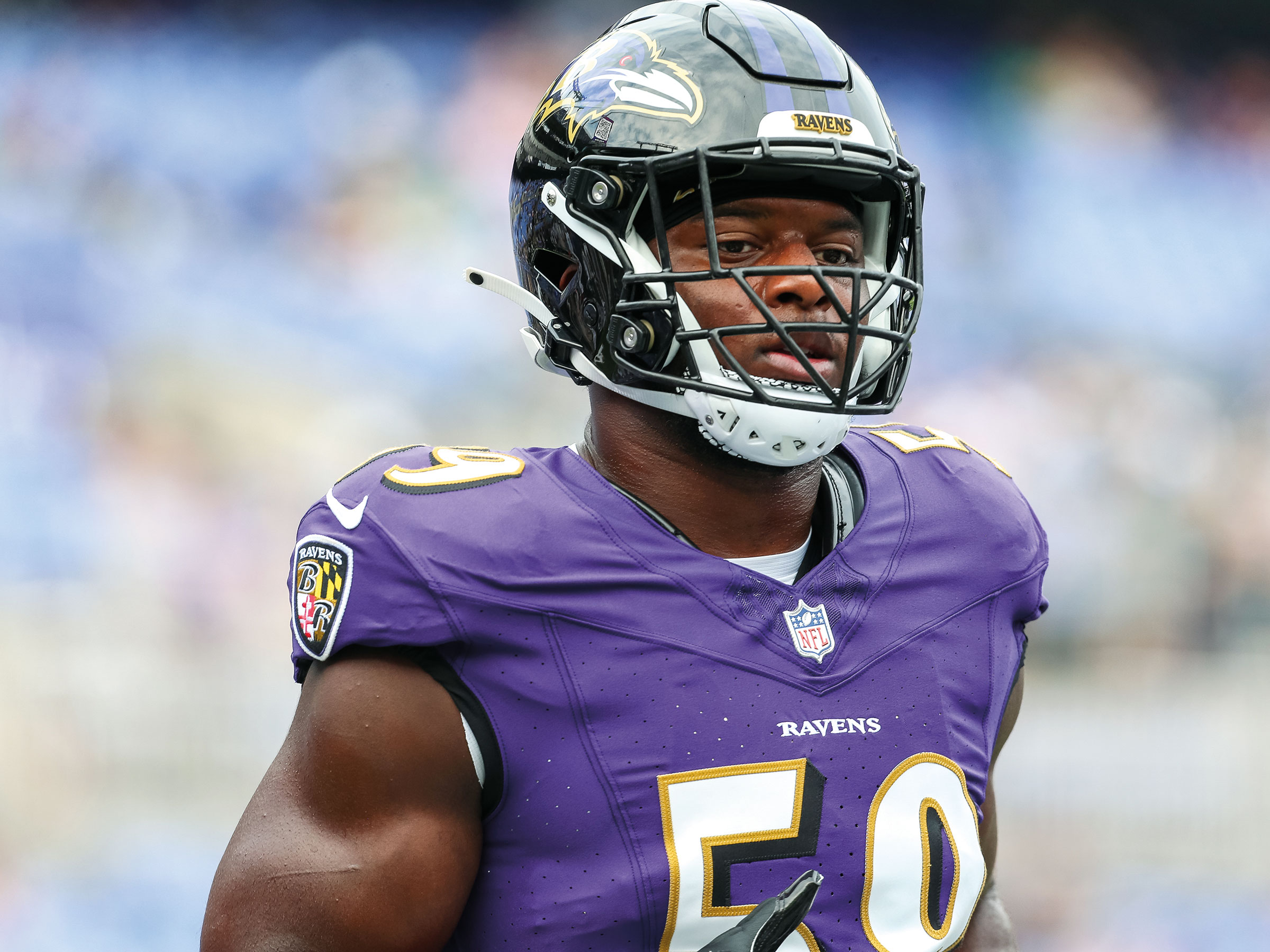How to filter out the noise
In the digital media age, we’re bombarded with data. Will Johnson ’02, CEO of The Harris Poll, knows how to zero in on what’s real and relevant.

Johnson, CEO of The Harris Poll, lives and works in Chicago.
PHOTOGRAPH BY MUSTAFA HUSSAIN
Thanks to its always-on nature, digital media can be extraordinary resources—if we take care to filter the misinformation from the legitimate kind.
As CEO of The Harris Poll—one of the world’s leading public opinion, market research and strategy firms, which deciphers public sentiment for clients ranging from Fortune 500 companies to nonprofits—Will Johnson ’02 has learned well the difference between content that’s trustworthy and not. “We live in an age of information overload,” says Johnson, “and we have to trust our own judgment, experience, and education when we’re consuming that information.”
Johnson, who studied government and law at Lafayette, assumed leadership of The Harris Poll in 2017. He is a syndicated columnist and frequent contributor on matters of public opinion in numerous national media, such as Fortune and The Washington Post. Among the topics he covers is how citizens can interpret what are commonly mischaracterized polls. There are a few simple, yet effective, ways to clear up the confusion.
Know your sources
The first, and most essential, step is to decipher the source of digital information. Whatever the topic—from tips for better health to political information and everything in between—not all sources are credible. “Misinformation is pervasive, and we all need to be vigilant,” he says. “Ask yourself, ‘Who’s behind what I’m reading? And what is their motive?’ You want to make sure it’s coming from a non-biased source.”
Johnson notes, for example, that researchers at The Harris Poll spend a lot of time thinking about how they write questions to elicit unbiased responses. “We’ve been doing it for over half a century,” Johnson says, “and people come to us because they can trust we’re providing credible data.”
Understand timing and sample sizes
Know the context of when and how a particular set of data was compiled, Johnson stresses. “In this day and age, how people feel about an issue or product can change dramatically from one minute to the next,” he says. “So, when you’re looking at a survey, for example, check to see when it was fielded and make sure the data was collected recently. Another thing to think about is the fact that polls are just a measure of a snapshot in time. They don’t necessarily mean things will be that way forever.”
Johnson also recommends looking at the sample size of polls when considering them: A poll should have at least a few hundred respondents who accurately represent the larger demographic group being studied to be statistically credible.
Go beyond the headline
His final tip: Don’t take anything at face value. Headlines and summaries may be clickbait. “You have to be an investigator and get underneath the surface,” he explains. Search for the “why”—why people feel certain ways about things, why certain things happen in society, why people make certain decisions. Rather than focusing, for instance, on which political candidate is leading in a poll, focus on what issues people are saying they’re most concerned about.
You may be surprised. Says Johnson: “When you get under the hood, you take away people’s partisan guards and you find that, as a society, we are less divided than we think we are. We all want solutions to the same problems.”



